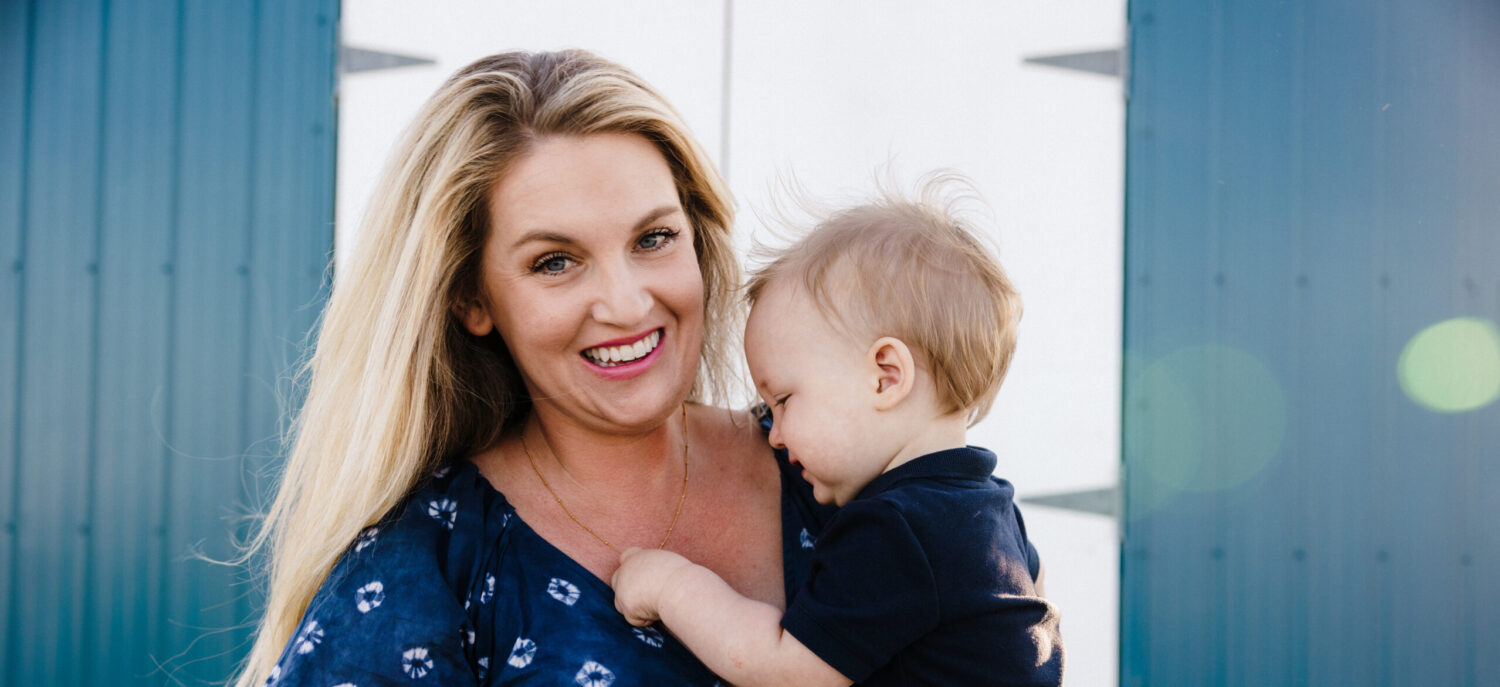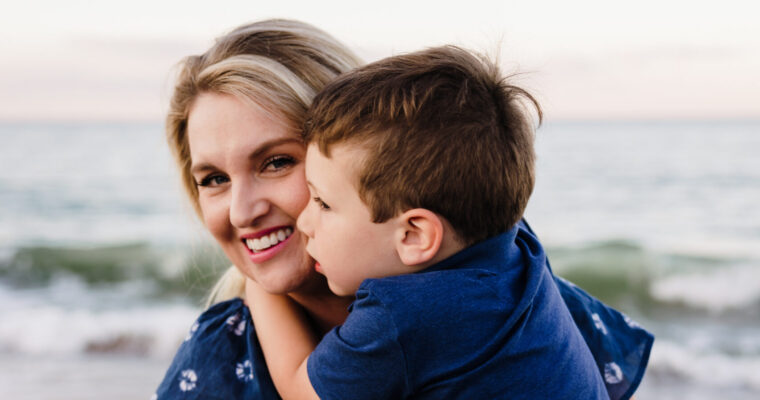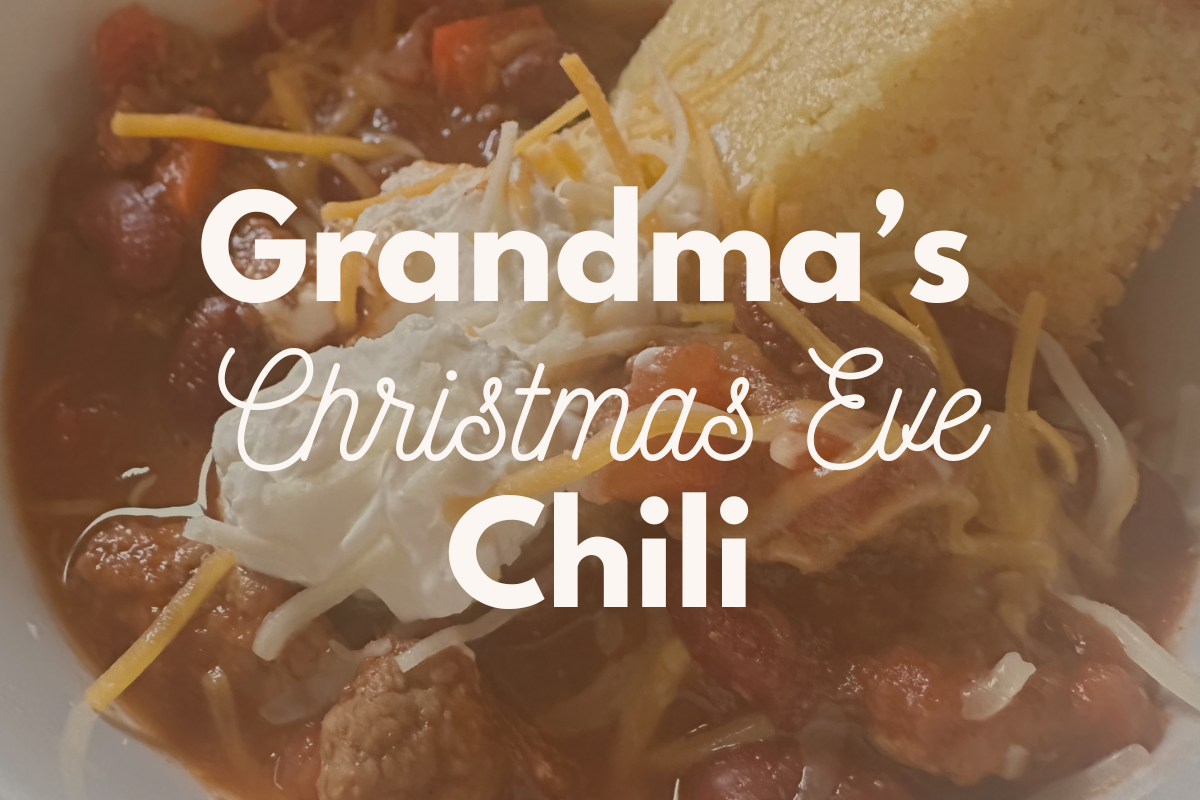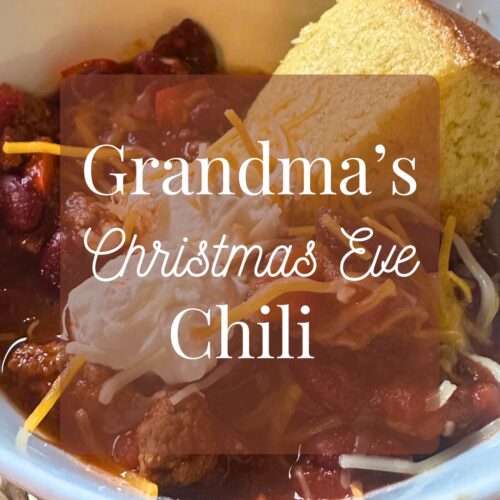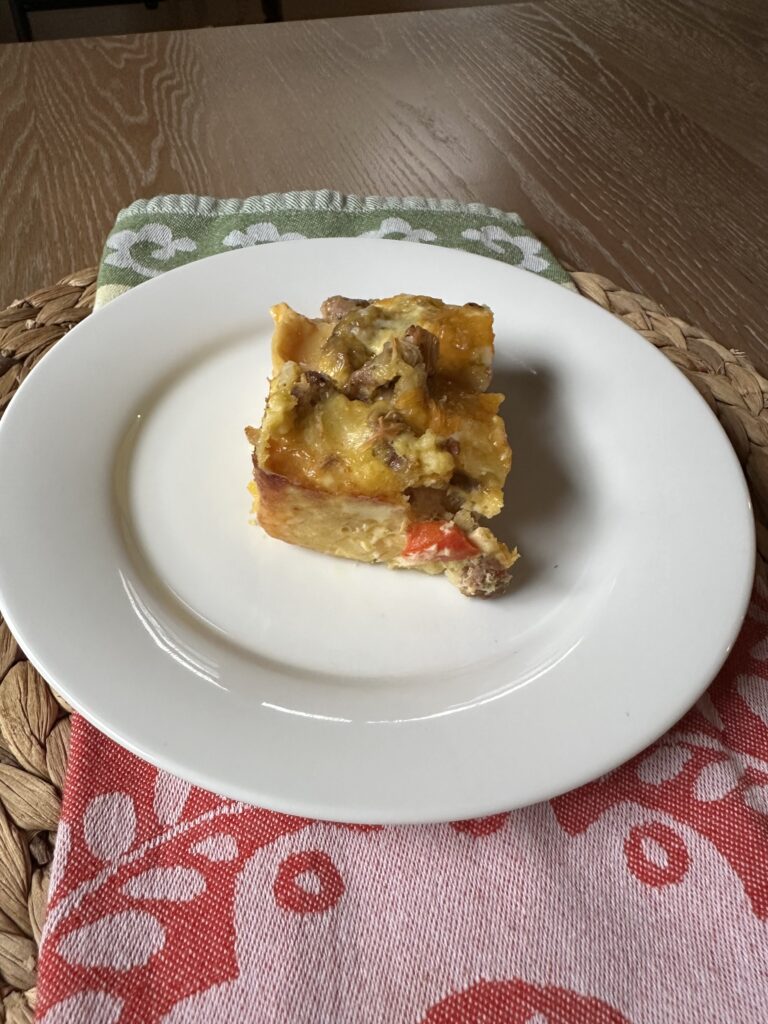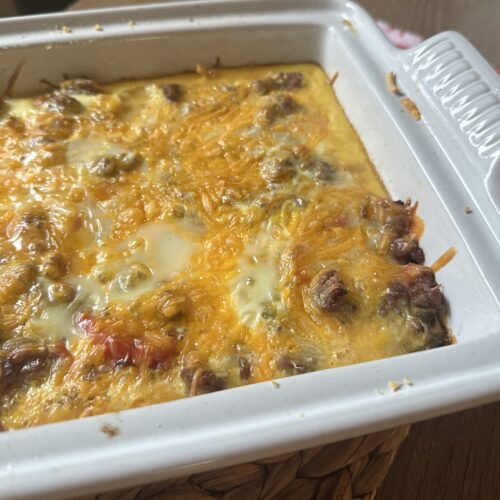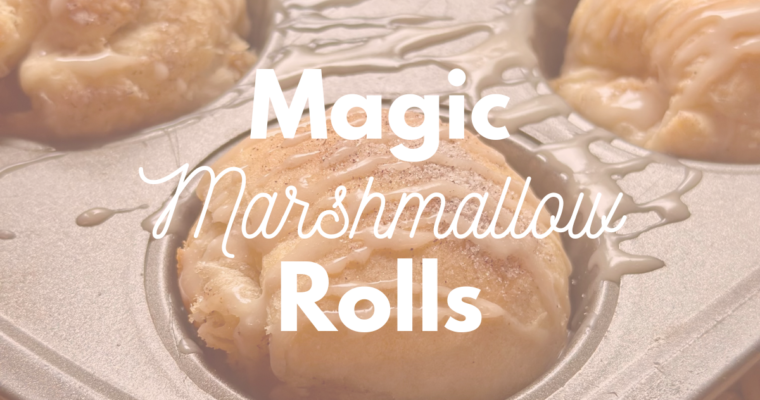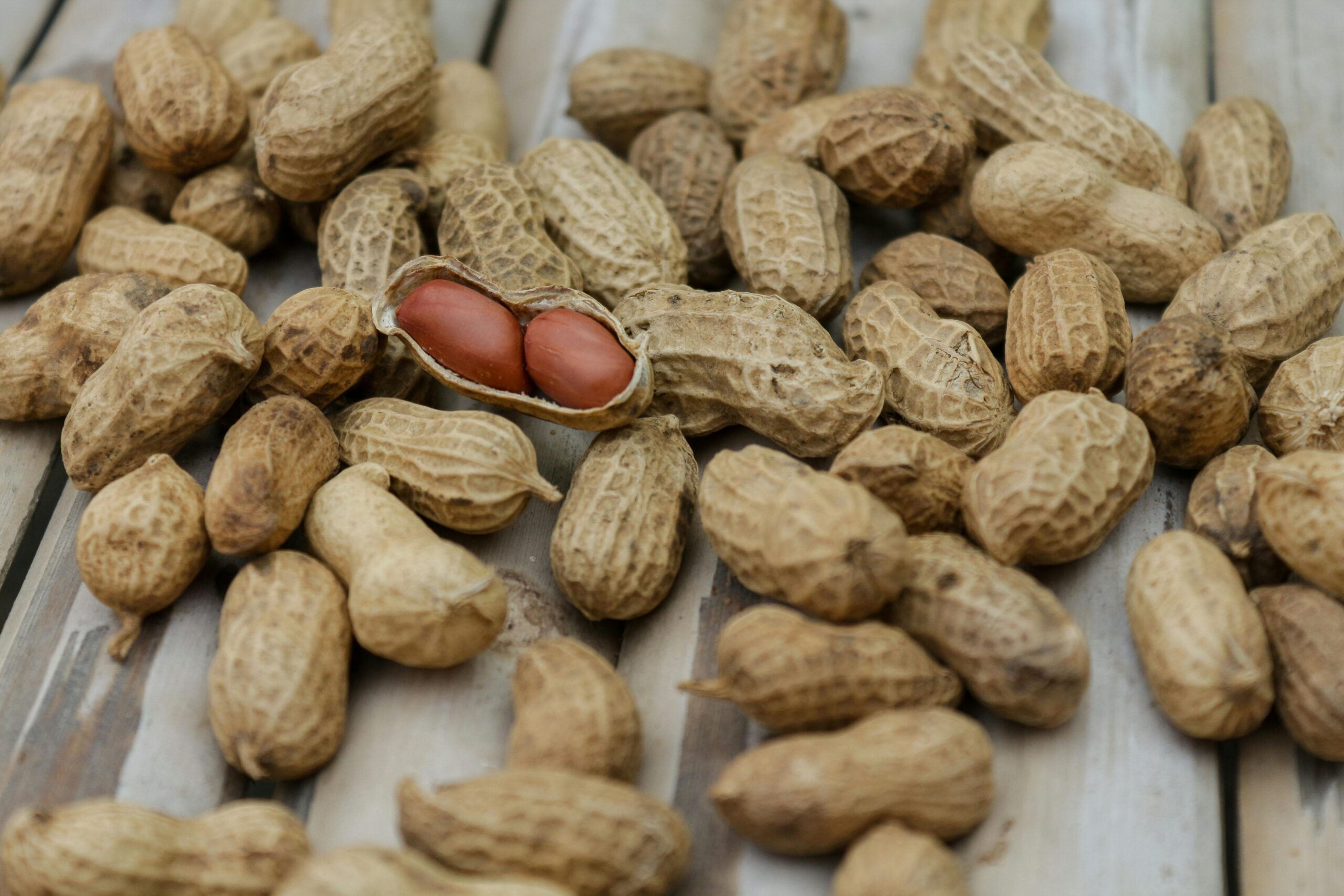I have often wondered if there is a way we could have prevented my son’s peanut allergy. Searching for answers, I came across an article published in The Wall Street Journal titled “How Pediatricians Created the Peanut Allergy Epidemic.” In the article, author Dr. Marty Makary claims that the U.S. peanut allergy epidemic was caused by well-intentioned pediatricians who, in the early 2000’s issued a recommendation for children to avoid peanuts until 3 years of age. Dr. Makary makes the correlation between guidance to avoid peanuts and the year over year increase in severe peanut allergies.
I can appreciate Dr. Makary’s perspective and his attempt to shed light on what happens when the medical field “gets it wrong.” However, this article does not acknowledge our current reality. For almost a decade parents have been instructed and encouraged to introduce top allergens as early as 4 months of age, yet the prevalence of peanut and other food allergies are still on the rise. This fact alone suggests there are reasons beyond early introduction of allergens that are contributing to the rise in severe food allergies.
Dr. Makary’s claim that the peanut allergy epidemic is a “largely avoidable consequence of our policy of peanut abstinence,” is misleading. In 2000, The American Academy of Pediatrics (AAP) issued a recommendation for children ages 0 to 3 years, as well as pregnant and lactating mothers to avoid all peanuts. However, by 2008 this guidance was reversed and in 2015 the AAP endorsed an early exposure recommendation for high risk infants as a strategy for prevention.
To further illustrate how pediatricians got it wrong, Dr. Makary cites the The Learning Early About Peanut Allergy (LEAP) Study. In the study published in 2015 by the New England Journal of Medicine, Dr. Gideon Lack compared a group of infants exposed to peanut butter at 4-11 months to another group that had no exposure. The LEAP Study found that early exposure resulted in an 81% reduction in peanut allergies by the time the child reached age 5 compared with children who avoided peanuts. The LEAP Study went on to become a leading impetus for the AAP’s public health policy change, which resulted in the 2015 revision of its initial recommendation to avoid peanuts.
Our Peanut Allergy Reality
I first learned of The LEAP Study in 2021 when we visited my son’s pediatrician for his 3 month well baby visit. It was at that visit that our pediatrician stressed the importance of early introduction of the most common allergens. We were told this was the best way to avoid food allergies. At 5 months old we started to introduce solids and within the same month our son was diagnosed with an IgE-mediated peanut allergy as well as other severe food allergies through skin and blood tests. We had followed our pediatrician’s guidance and yet our son, like many others, was diagnosed with a severe peanut allergy.
Regardless of who is at fault for the American Peanut Epidemic, the reality is:
- Peanut allergy is the most common allergy in children in the US.
- Food allergy prevalence among children has been increasing for decades, up by 50 percent between 1997 and 2011, and again up by 50 percent between 2007 and 2021.
- Each year in the U.S., 3.4 million patients (about the population of Oklahoma) have a food allergy related emergency room visit. This means that every 10 seconds a food allergy reaction sends a patient to the emergency room.
- According to a 2011–2012 analysis, caring for children with food allergies cost U.S. families nearly $25 billion annually. In CPI-adjusted dollars, this equates to $33 billion in 2024.
- More than 15 percent of school-aged children with food allergies have had a reaction in school.
- Mothers of food-allergic children under age five have significantly higher blood-pressure measurements and report significantly greater levels of psychosocial stress than mothers whose preschool-aged children do not have food allergies.
The Path Forward
Instead of casting blame on antiquated guidance set forth by well-meaning pediatricians, let’s focus our attention and energy on the path forward. The science is clear– early introduction of allergens can reduce the risk of developing food allergies. However, there is a need for more research related to food allergy causes and prevention beyond early introduction of allergens. We followed the guidance, just like other parents have done for the past decade, and yet here we are navigating life with severe food allergies. Exploring root causes of food allergies will better inform a more robust approach to allergy prevention.
For information and resources about how to safely introduce peanuts to your infant please visit: https://foodallergyprevention.org/feeding-tips/
